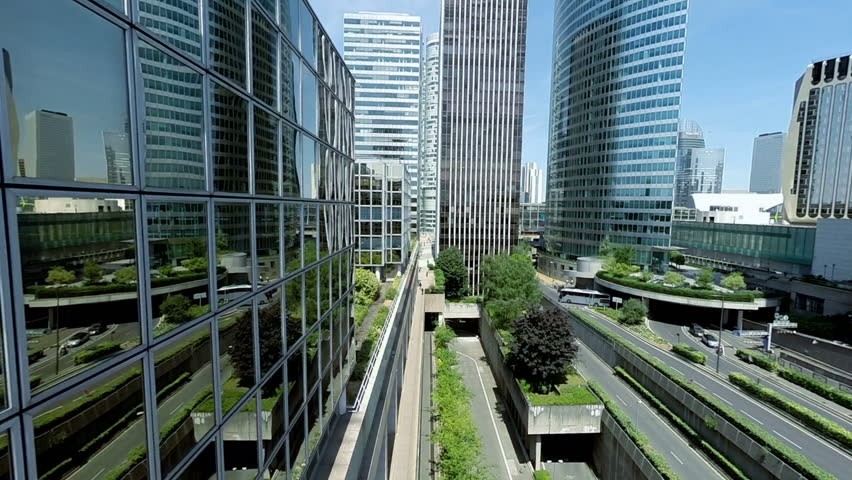
ASEAN marks its 50th anniversary with its biggest economies pledging to double infrastructure investments to more than US$700 billion in a five-year span that could enhance trade, tourism and development to drive sustainable economic growth for decades to come.
Transport initiatives are a key focus for budgeted spending in the 10 member economies of the Association of Southeast Asian Nations (ASEAN) out to 2020. Such investments are vital given infrastructure’s crucial role in creating long-term economic strength, according to the annual World Economic Forum Global Competitiveness Report.
The emphasis on building better connections to facilitate trade and investment and the flow of goods and people in and around ASEAN cannot be under-estimated.
It will help domestic and international companies maximise the opportunities inside one of the world’s most populous, fastest-growing and vibrant regions – one, that with a combined GDP of about US$2.8 trillion, already ranks as the world’s seventh largest and is on track to be in the top three by 2030.
Improving transport links in the ASEAN supply chain will bring down import costs – no small thing considering that 70% of global trade is now in intermediate goods and services and capital goods, according to World Bank estimates.
No small thing either considering that ASEAN trade volumes are forecast to roughly double to US$2.8 trillion by 2025 from 2014, fuelled by the consumption anticipated from 57 million new middle class households set to be created in the coming decade.
Mukhtar Hussain, CEO, HSBC Malaysia said, “The massive potential consumer spending power of this substantial, young and increasingly urban population is a key attraction for China under its Belt & Road Initiative (BRI) to upgrade the physical infrastructure, investment and business links that help drive trade.”
ASEAN and China share a goal to double their bilateral trade to US$1 trillion by 2020 from around US$500 billion last year, which makes the business opportunities for infrastructure investment and the ecosystems that grow around major projects particularly compelling.
Indonesia has by far the most significant immediate opportunity, though all of ASEAN’s largest economies have something to offer. Planned infrastructure spending of US$350 billion in Indonesia in the years 2016-2020 is roughly half the total estimated for ASEAN’s five biggest economies combined – and with good reason.
ASEAN’s single largest economy has the lowest investment in transport infrastructure stock at just 6% of GDP, versus 13% in the Philippines, 19% each in Thailand and Malaysia and 31% in Singapore.
The government’s infrastructure budget has doubled since 2014, but it by no means covers the total spending needed. The Indonesian Ministry of Finance calculates that the private sector opportunity is worth US$130 billion in the years 2015-2019.
Thailand is the next biggest infrastructure market with US$120 billion of spending planned, including 56 mega projects worth US$70 billion.
The impetus to improve Thailand’s transport links is driven in large part by the fact that manufacturing generates 84% of Thai GDP and almost all manufactured goods (96%) are moved by land.
The fast-tracking of 56 mega projects worth US$70 billion and Thailand’s US$44 billion Eastern Economic Corridor development plan make it a key market for private sector financing, with around a quarter of funding needed likely to come from “Public-Private Partnership” sources.
The Philippines, as Chair of ASEAN in the organisation’s landmark anniversary year, is similarly making milestone plans to boost competitiveness for decades to come with an ambitious US$144 billion programme of infrastructure investments in the years 2017-2022.
Some 90% of the planned pipeline is related to transport and the government’s “Dream Plan” of near-term road and rail projects for the 2018-2020 period is worth US$41 billion.
Moves to reform the Philippines’ tax system, encourage foreign direct investment and ease restrictions on foreign ownership of companies and projects opens the door to more private sector investment and Chinese companies have already begun committing to Philippines infrastructure deals.
“Malaysia’s big transport opportunity is to boost regional and local connectivity and improve efficiency in the economy, creating a truly integrated transport system and upgrading logistics capacity to enhance the country’s status as a regional hub for international trade. This is a key focus area for the country under the government’s 11th Malaysia Plan”, added Mukhtar.
Planned infrastructure spending in the 2016-2020 period is US$85 billion, up from the US$50 billion spent in the five years 2011-2015.
“Railway financing is a key anchor of planned transport spending as demonstrated through the significant investments that have been made in rail projects that are at the forefront of the country’s list of mega projects. These will include upgrading existing mass transit capacity”, said Mukhtar.
Malaysia also stands to benefit from China's BRI infrastructure investment drive. This is evidenced by China’s involvement in major Malaysian rail projects such as the East Coast Rail Link (ECRL) and the Kuala Lumpur-Singapore high-speed rail (HSR) project.
Meanwhile, a strategic partnership between the State of Melaka and the Chinese province of Guangdong aims to promote the development of various projects that will help establish Melaka as a strategic port and hub along the Belt and Road route.
Down south from Malaysia, Singapore’s transport infrastructure is already some of the best in the world – and it’s going to get a whole lot more under a government plan to double the size of the city state’s metro system by 2030.
Adding 113 kilometres of track to the network in three new lines should create US$60 billion of new investment between 2016-2020, versus the US$50 billion spent in the years 2011-2015.
“All of this activity illustrates the emphasis that ASEAN economies are putting on laying the foundations for growth and development for decades into the future.
Put another way, ASEAN’s Golden Anniversary is shaping up to be the start of a golden age of infrastructure-backed trade and investment growth”, concluded Mukhtar.
Source: Malaysian Business Online